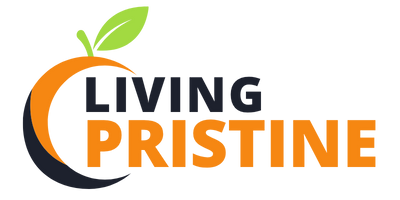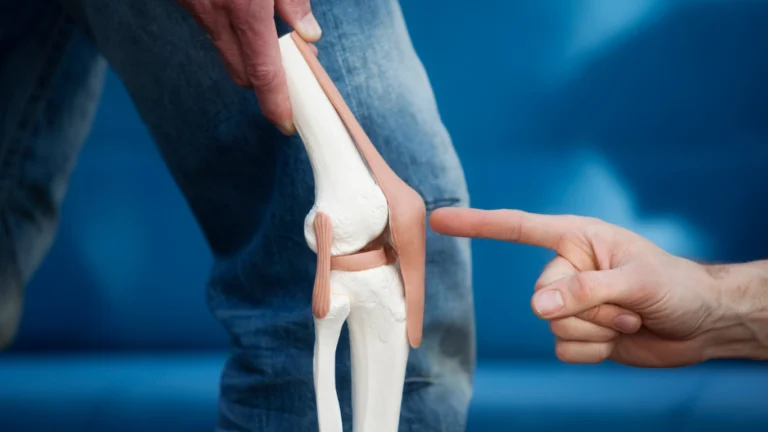Navigating Pain Management in the Workplace

Pain management impacts workers across many industries every day if left untreated. Whether you spend hours at a desk or perform physical labor, discomfort at work can reduce productivity and lower your quality of life. Learning effective pain management strategies can help you stay healthy while meeting your work demands. Here is more information about pain management at work:
Proper Stretching
Stretching routines may provide quick relief from workplace tension. Hold each stretch so your muscles can relax and stretch properly. Focus on areas that feel strained during your workday, such as the neck, shoulders, and ankles. Exercises like neck rolls, shoulder squeezes, and ankle circles target common problem spots. Remember to take stretching breaks every hour to prevent stiffness from building up. Here are some exercises to try:
- Neck Stretch: Tilt your head gently to one side, bringing your ear toward your shoulder. Hold and repeat on the other side.
- Shoulder Rolls: Roll your shoulders forward in a circular motion, then reverse and roll them backward to release tension.
- Wrist Stretches: Extend one arm forward, palm facing down. Use your other hand to pull your fingers toward you gently. Hold and switch hands.
- Seated Spinal Twist: While seated, place one hand on the back of your chair and the other on your thigh. Gently twist your torso to look over your shoulder, holding for 15-30 seconds on each side.
- Hamstring Stretch: While seated, extend one leg out in front of you with your heel on the floor. Lean forward slightly to stretch the back of your leg, holding before switching legs.
By incorporating these simple stretches into your day, you can aim to feel more relaxed, improve your posture, and help prevent workplace stiffness.
Good Posture
Maintaining good body alignment can improve pain management during work. Sit with your feet flat on the floor and your back supported by your chair. Position your computer screen at eye level to prevent neck strain. Keep your shoulders relaxed and your arms at comfortable angles while typing or writing. Poor alignment can lead to muscle imbalances, resulting in long-term discomfort. Adjust your workspace to support proper alignment, and remember to take regular movement breaks. Pay attention to your body’s signals to avoid pain before it becomes overwhelming.
Muscle Tension
Recognizing the early signs of muscle tension prevents minor discomfort from developing into major problems. Tight muscles in your neck, shoulders, and lower back signal the need for immediate attention. Apply gentle pressure to tense areas using self-massage techniques. Heat therapy from warm compresses helps relax contracted muscles. Cold therapy reduces inflammation in acutely painful areas.
Physical Therapy
Professional guidance addresses persistent workplace pain more effectively than self-treatment alone. Pain specialists may assess movement patterns and identify specific muscle weaknesses or imbalances. They can design personalized exercise programs that target your unique pain points. Manual therapy techniques release tight fascia and improve joint mobility. Many workplace insurance plans cover physical therapy services for injuries sustained in the workplace.
Find Pain Management Solutions
Professional help can make a significant difference when self-care measures are insufficient. Pain management specialists understand the connection between work demands and physical discomfort. They create detailed treatment plans that offer quick relief and aim for long-term prevention. Combining stretching, good posture, tension management, and professional advice can help build lasting comfort. Take action today by scheduling an evaluation with an experienced pain management team. They can work with you to develop a personalized plan that fits your schedule and lifestyle. Contact a clinic today to start your journey toward more comfortable workdays.
- What to Expect When Visiting a Foot and Ankle Specialist
- Causes of PTSD
- The Link Between Plantar Fasciitis and Weight Gain: What You Need to Know
- How Pet Ownership Can Positively Impact Life with Fibromyalgia
- The Importance of Stretching and Flexibility in Sports Medicine
Dr. Emma Green is a health and wellness expert with over 10 years of experience in nutrition and fitness. Passionate about helping others live their healthiest lives, Dr. Green shares practical advice on wellness, nutrition, and sustainable living through LivingSpristine.






